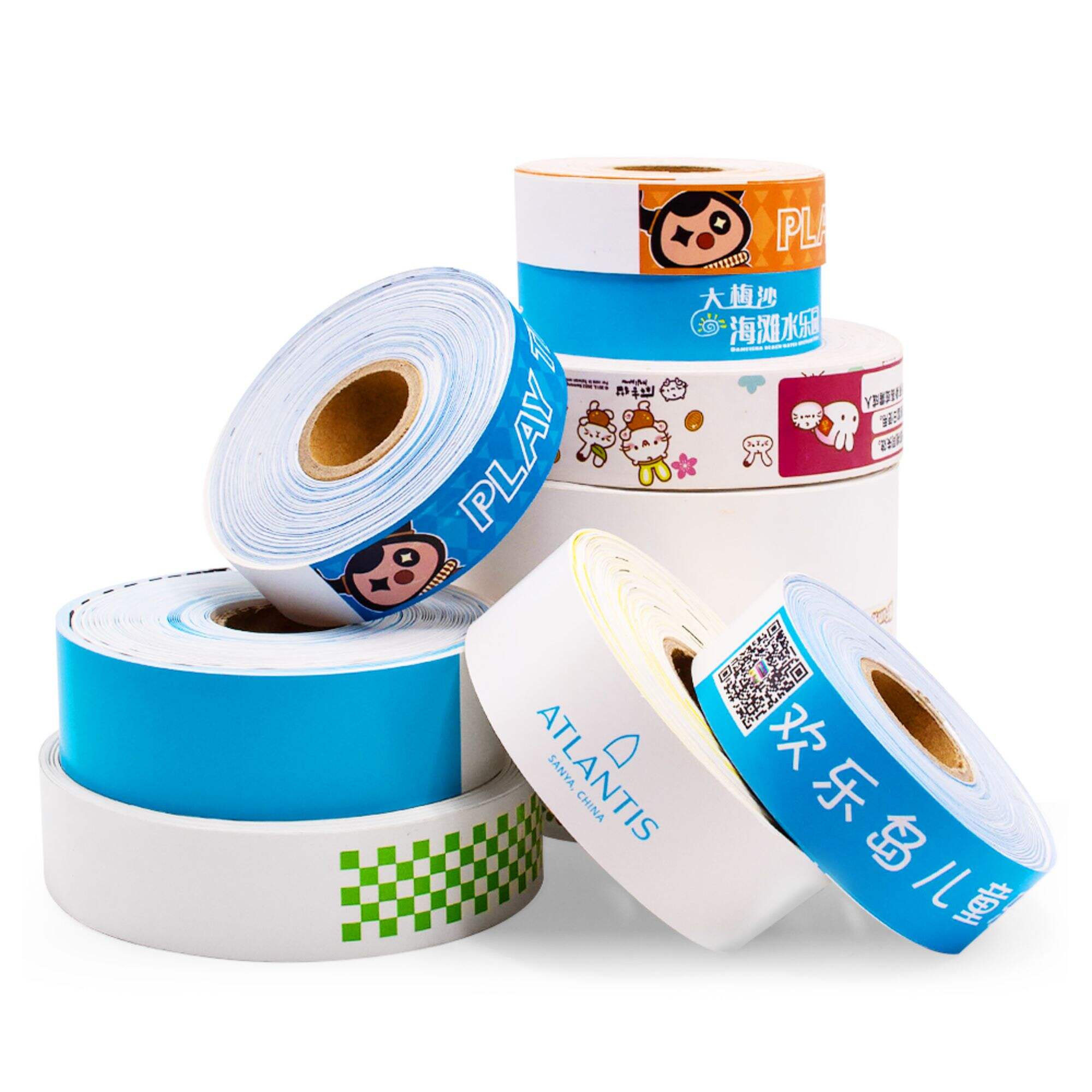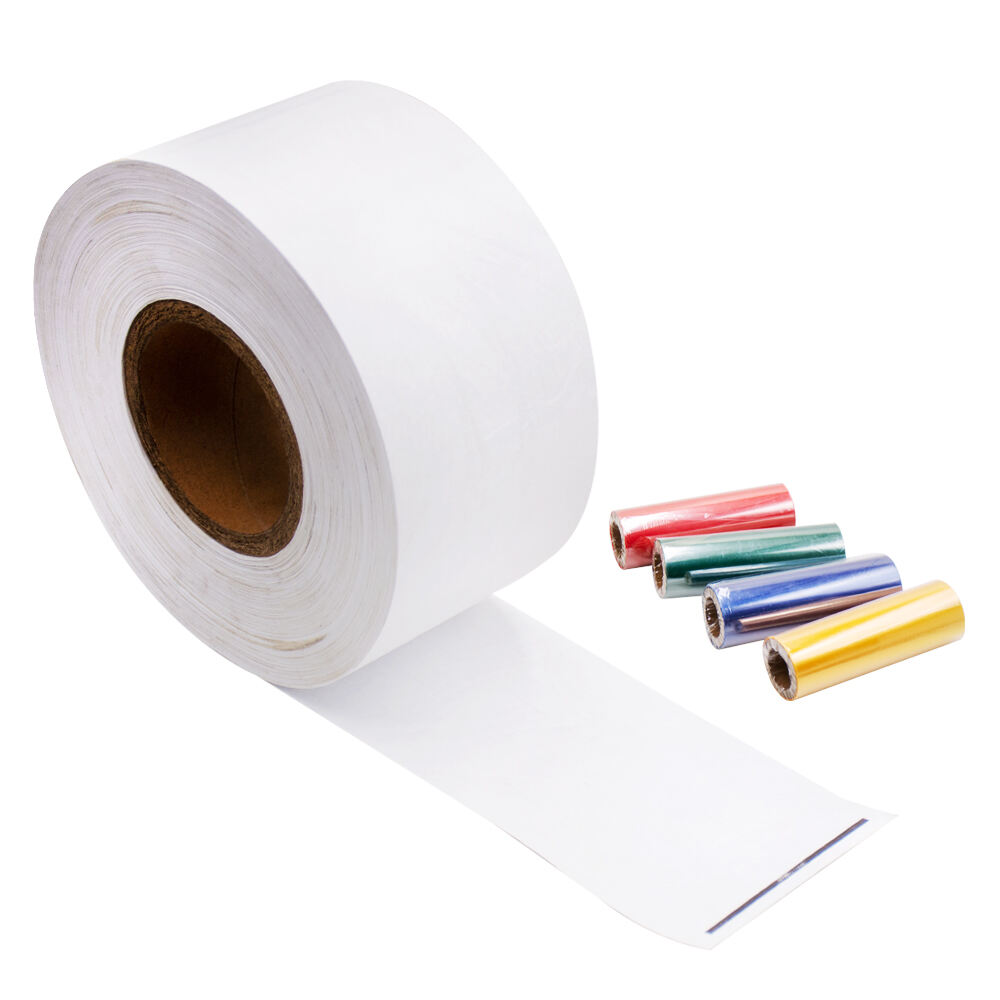Exploring the Durability and Applications of Plastic Wristbands
Material Composition and Durability of Plastic Wristbands
Key Factors Contributing to Longevity
What makes plastic wristbands last depends largely on what they're made from, especially polyethylene and polypropylene materials. These substances give wristbands just enough strength so they don't break easily but still remain flexible enough to be comfortable when worn all day long. Manufacturers use techniques like injection molding which creates consistent shapes and strong structures, plus heat sealing that reinforces those tricky spots where parts connect, making them less likely to come apart over time. Thickness matters too. Thicker bands generally hold up better against daily abuse and last longer overall. Looking at real world data, vinyl wristbands seem to stand the test of time much better than other types because of how their materials are put together. Event organizers who have switched to vinyl report far fewer replacements needed throughout festivals and conferences.
Environmental Resistance Features
Plastic wristbands have some pretty good defenses against environmental factors, which makes them work well in all sorts of situations. They don't let water ruin them at all, so they're great for outdoor events where there might be rain showers or high humidity. The bands just keep looking good and readable no matter what weather comes along. A lot of plastics used today resist UV damage too, something event planners really care about when organizing things outside under bright sunshine all day long. These wristbands can handle chemical splashes and sweaty skin without breaking down either, which explains why hospitals and gyms often choose them over other materials. People who actually test this stuff in labs have confirmed what we see happening in practice: modern plastic wristbands stay functional and look decent even after being exposed to harsh conditions for extended periods.
Industrial and Event Applications of Plastic Wristbands
Use Cases in Healthcare and Hospitality
In hospitals across the country, plastic wristbands are now standard equipment for keeping track of patients and making sure they get the right care. These bands help staff quickly confirm who someone is, which cuts down on mistakes and keeps everyone safer. Hotels have caught on too, using similar wristbands to speed up check-ins and control who gets into different areas of the property. Guests appreciate not having to fumble with keys or cards all day long. Real world testing at major medical centers shows that switching to wristband systems saves nurses about 30 minutes per shift just on verifying patient identities. The same tech works wonders for hotel operations as well. According to recent market analysis, more facilities are jumping on board with these wristband solutions every quarter, mainly because they work so well at cutting costs while raising overall safety standards.
Plastic Wristbands for Large-Scale Events
At big events such as music festivals, sports matches, and concert gatherings, plastic wristbands have become essential tools for managing who gets in where. They help keep things running smoothly at entrances while boosting security thanks to features like different colors and custom designs. When event planners personalize these bands with logos or special messages, it creates a real connection with people attending. Many festival goers remember seeing those colorful bands on everyone's wrists during Coachella last year. Event managers swear by them when dealing with massive crowds because they just work so well. Most organizers we've spoken to say that without proper wristband systems, controlling access would be chaos. And looking at how packed venues get nowadays, it's clear why organizers rely heavily on this simple but effective solution for keeping everything under control.
Innovative Plastic Wristband Solutions Enhancing Security and Comfort
Polyweave With Non-Wristband Straps: Breathable and Eco-Friendly
People love Polyweave wristbands because they feel so good on the wrist. The material is super breathable and gentle against the skin, making them perfect for all day wear without that annoying tightness other bands can cause. What really sets these apart though is how green they actually are. Made from natural materials mixed with recycled fibers, they're becoming a hit among folks who care about what happens to their stuff after purchase. Looking at recent business trends, there's been quite a shift towards greener options in the corporate world too. Event planners and manufacturers are starting to notice that their clients want something that doesn't just look good but does good for the planet as well. Sustainability isn't just a buzzword anymore it's becoming part of standard operations across many industries.
RFID Thermal Wristbands: Waterproof and Real-Time Printing
RFID wristbands use pretty cool tech to keep things secure while tracking people in real time, which makes them a must have at today's events. The ability to print these bands right then and there has really changed how organizers handle entries and update info during the event itself. And let's talk about water resistance – these things can take a beating whether it's raining buckets at a festival or just plain hot and sweaty out there. Take Coachella for instance; they switched to RFID wristbands a few years back and saw massive improvements in how everything ran smoothly. Attendees love them too because they work no matter what crazy weather Mother Nature throws our way.
Rolled Tyvek Wristbands: Tear-Resistant and Printer-Compatible
Made from tough stuff that resists tearing, Tyvek wristbands work great at outdoor events where things get rough on regular plastic bands. These wristbands hold up through all sorts of weather conditions and rough handling, so event staff don't have to worry about them falling apart mid-event. What makes them even better? They play nicely with thermal transfer printers, which means event planners can slap on custom designs without much hassle. The construction industry has been grabbing these wristbands by the truckload lately for site access control, while music festivals love them too because they last longer than cheaper alternatives. Manufacturers say sales keep climbing year after year, probably because nobody wants to deal with replacing broken wristbands every hour.
Choosing Between Plastic and Alternative Wristband Materials
Plastic vs. Vinyl Wristbands: Durability Comparison
When looking at plastic versus vinyl wristbands, each material brings something different to the table depending on what's needed. Plastic options tend to be budget friendly while still offering decent comfort and lasting power, so they work well for events that run a few days but aren't super long term. Vinyl bands stand out because they just don't give up easily. These hold up great at music festivals that go on for several days since they resist stretching out or tearing apart. Plus, the soft feel against skin means no red marks or irritation after wearing them all day. Most people who've used both types report that vinyl wins when durability matters most, while plastic remains popular for quick weekend events where saving money is a bigger concern than having the absolute toughest band around.
When to Opt for Tyvek or Fabric Options
The decision between Tyvek and fabric wristbands really comes down to what kind of event we're talking about here. When budget matters most for one day only events such as music festivals, Tyvek bands tend to be the go to option. They don't cost much and they work well when trying to control big groups of people without breaking the bank. Fabric wristbands tell a different story though. These are typically seen where folks want something fancier, think VIP areas at major concerts or weekend long festivals where attendees stay longer. Looking at recent market movements, there seems to be growing interest in fabric options because they look better, feel more comfortable against skin, and happen to be greener choices too. Event organizers who care about both appearance and environmental impact often find themselves gravitating toward these fabric alternatives despite higher upfront costs.
By assessing the nature and duration of your event, you can make informed decisions that align with your budget and audience expectations. Whether you prioritize durability, cost-effectiveness, or luxury, there's a wristband option to suit your needs seamlessly.
 EN
EN
 AR
AR
 HR
HR
 CS
CS
 DA
DA
 NL
NL
 FI
FI
 FR
FR
 DE
DE
 EL
EL
 HI
HI
 IT
IT
 JA
JA
 KO
KO
 PL
PL
 PT
PT
 RU
RU
 ES
ES
 SV
SV
 TL
TL
 ID
ID
 SR
SR
 SK
SK
 SL
SL
 VI
VI
 HU
HU
 TH
TH
 TR
TR
 FA
FA
 AF
AF
 MS
MS
 IS
IS
 HY
HY
 BN
BN
 LO
LO
 LA
LA
 MN
MN
 MY
MY
 KK
KK
 UZ
UZ






